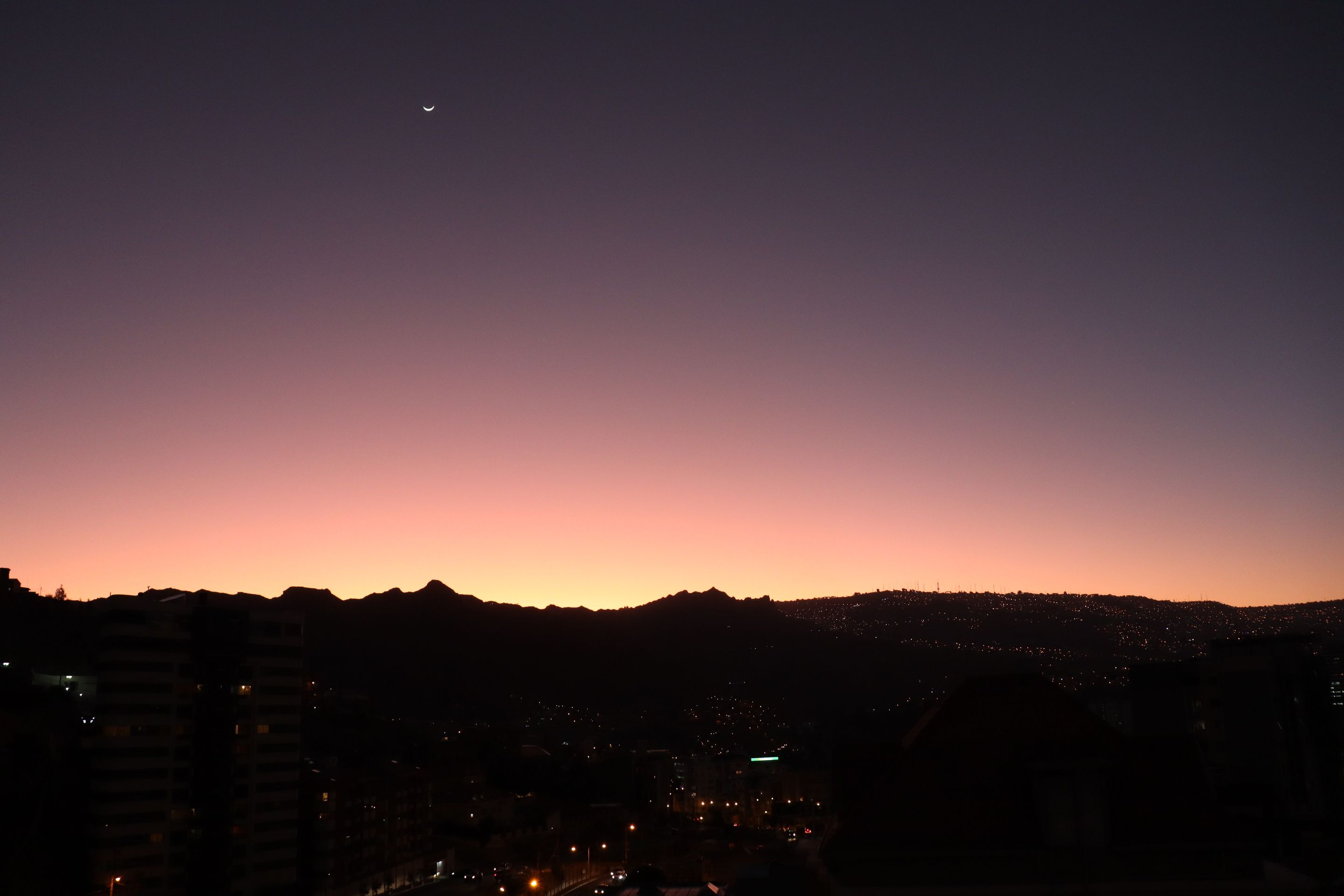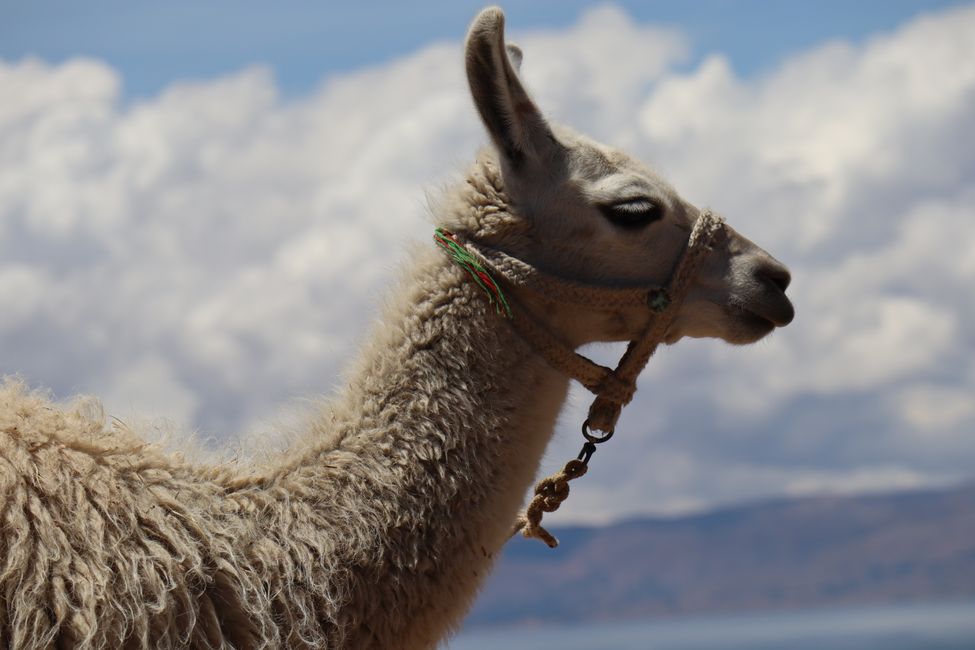
fear-and-loathing-in-southamerica
vakantio.de/fear-and-loathing-in-southamerica
Between Trash and Jesus...
வெளியிடப்பட்டது: 30.10.2022
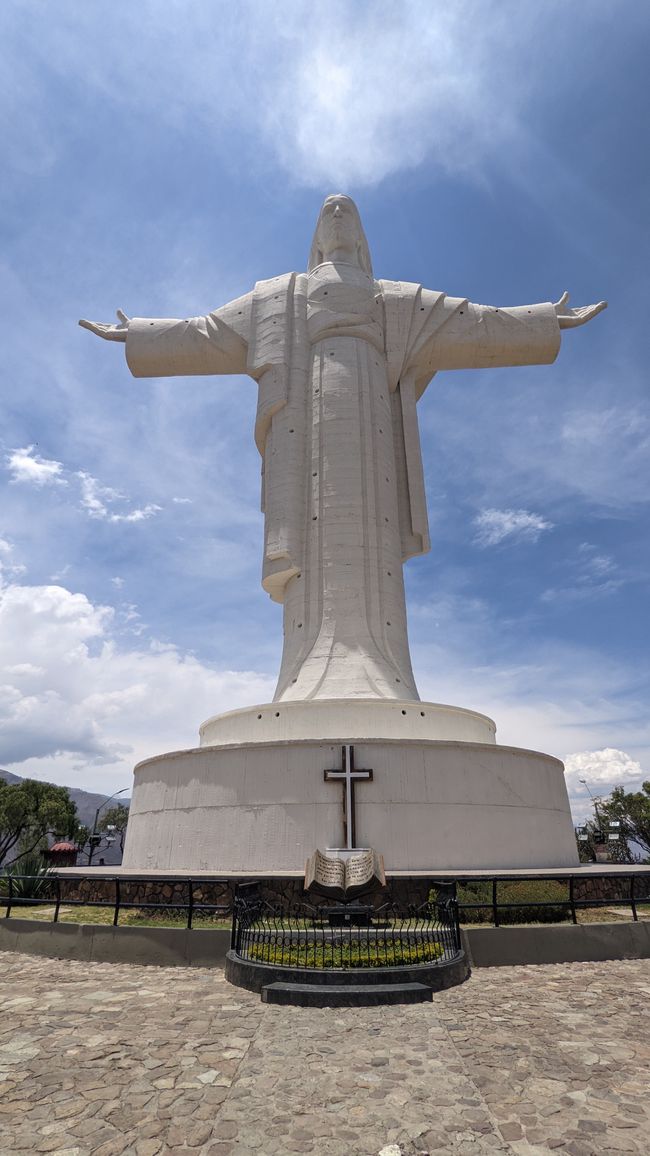
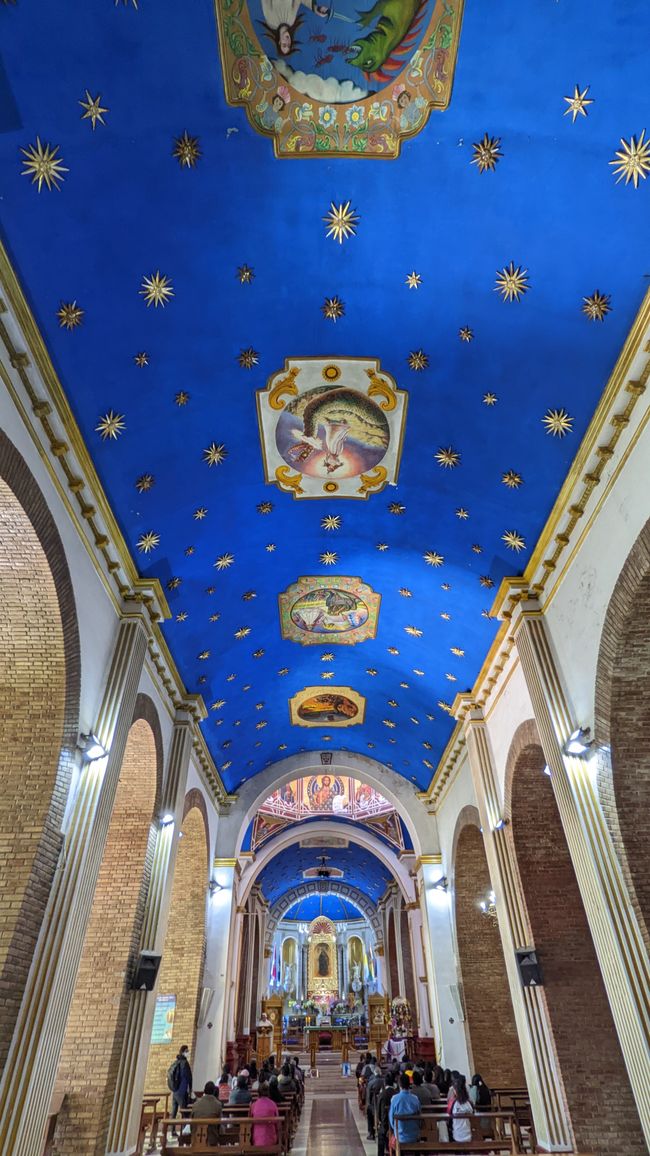
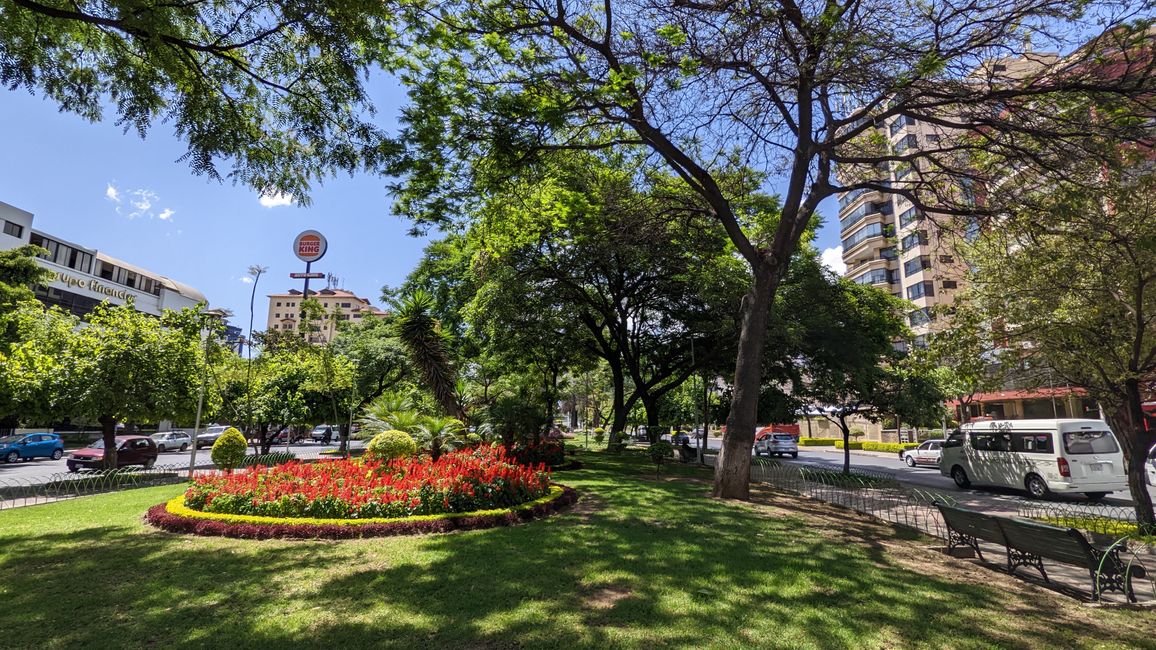
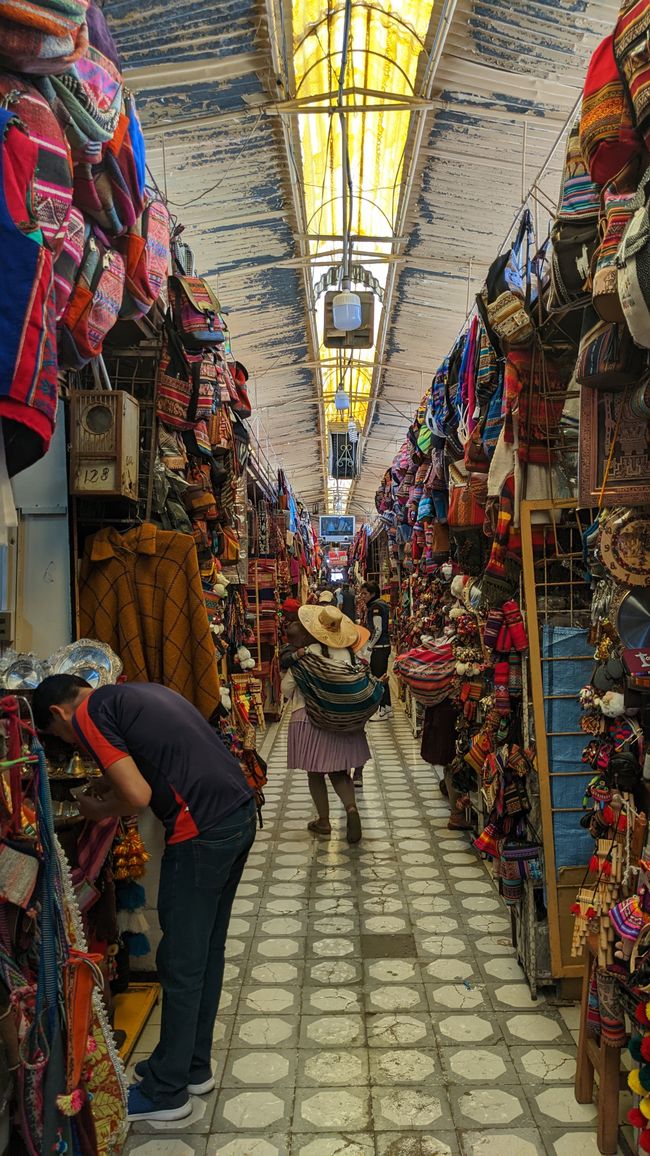
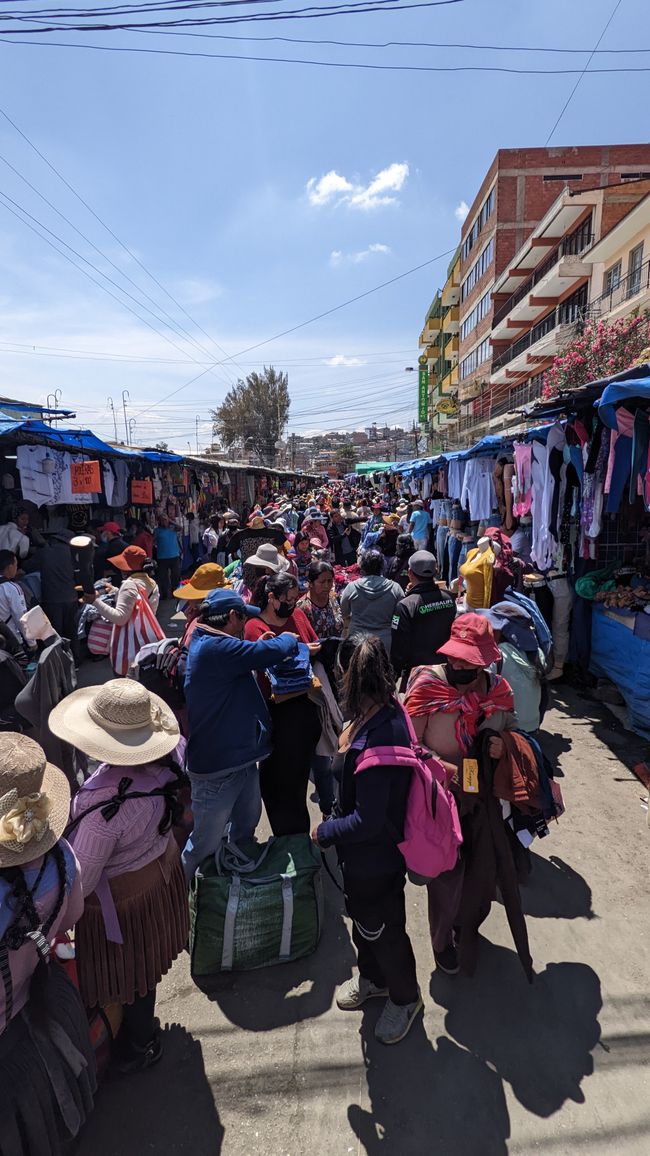

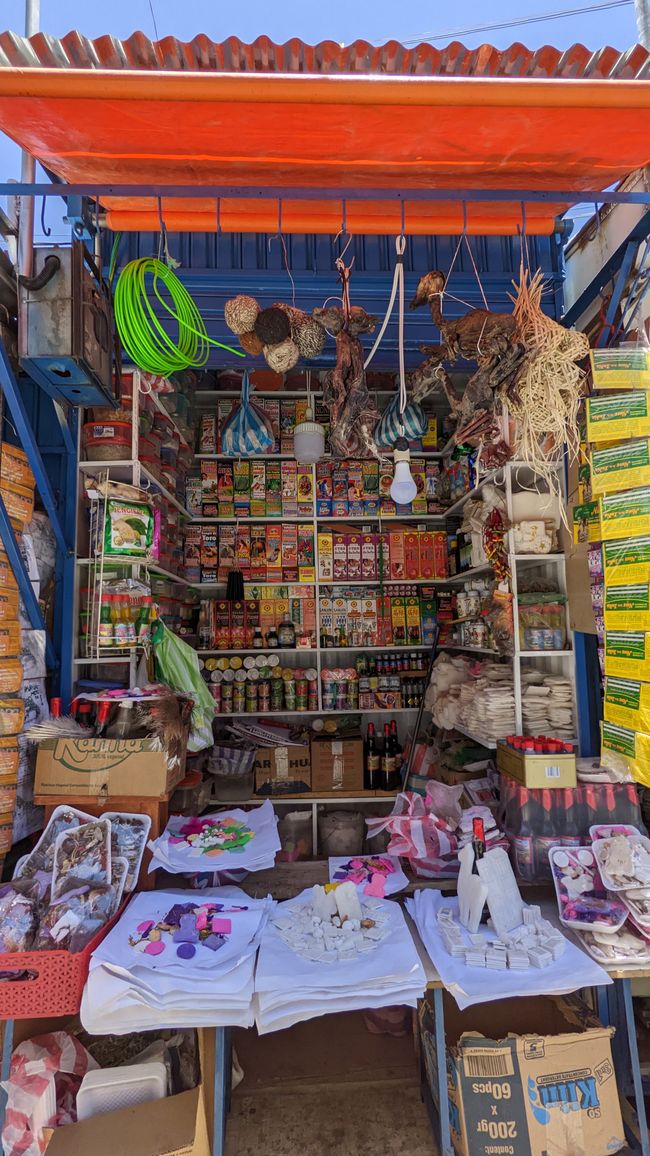
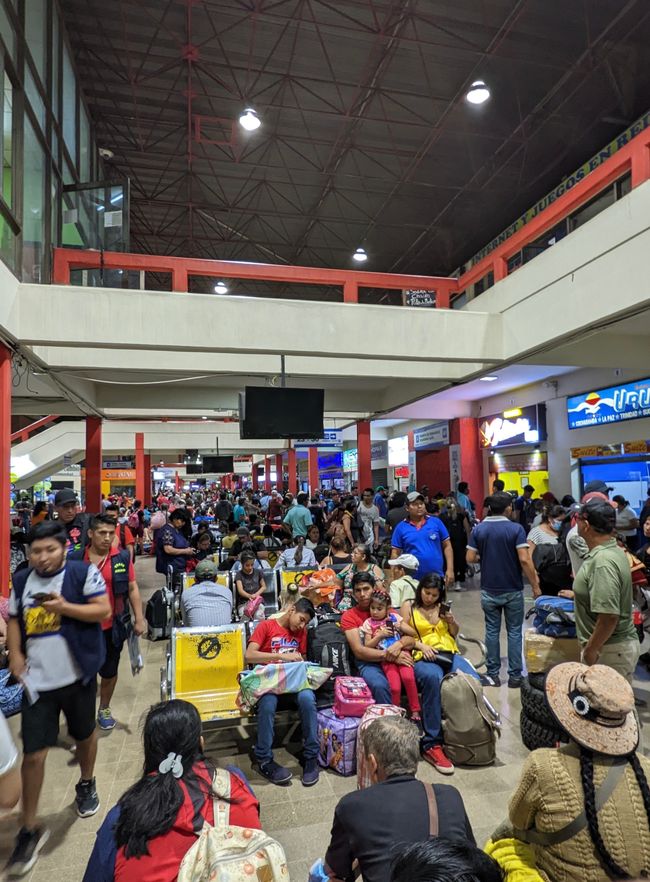
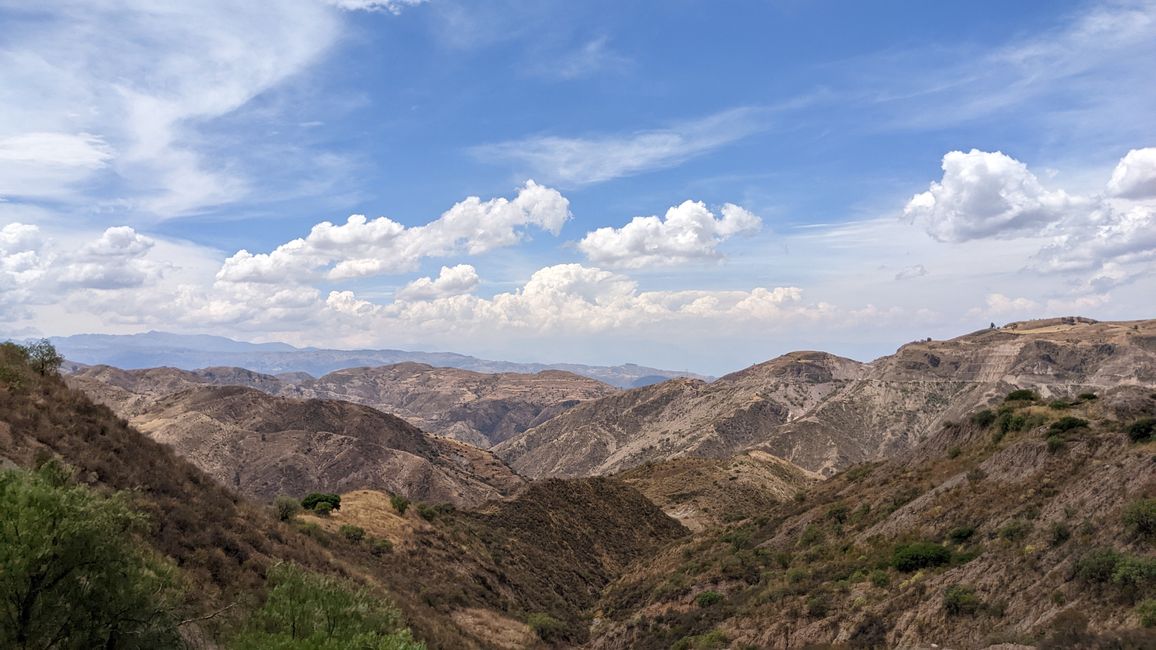

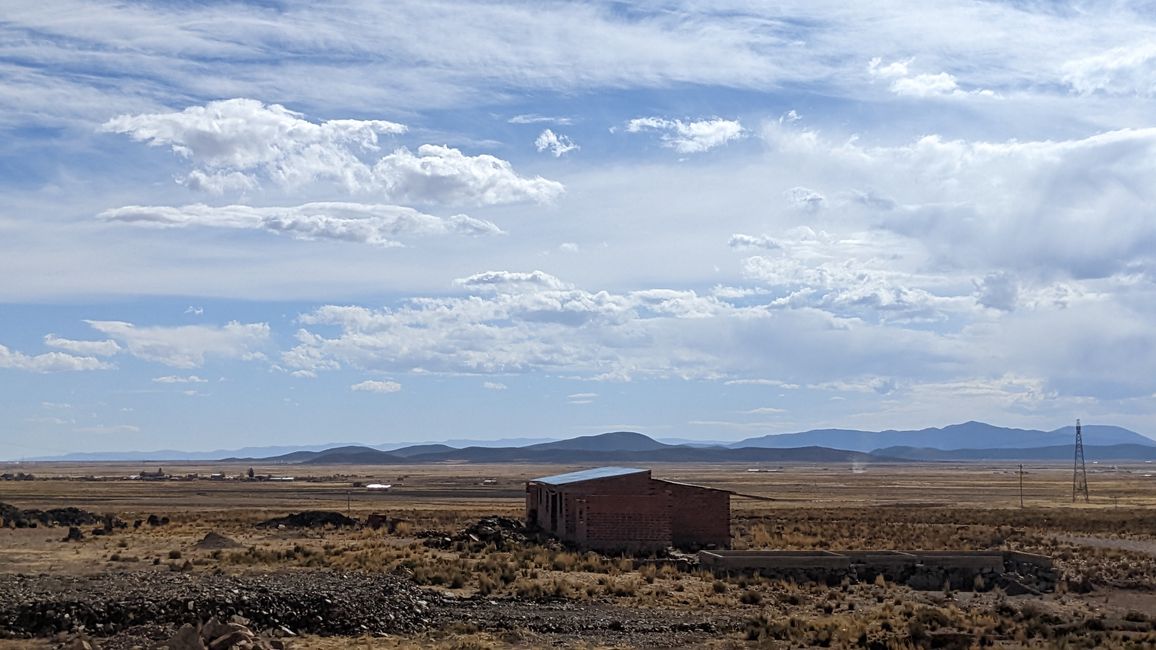
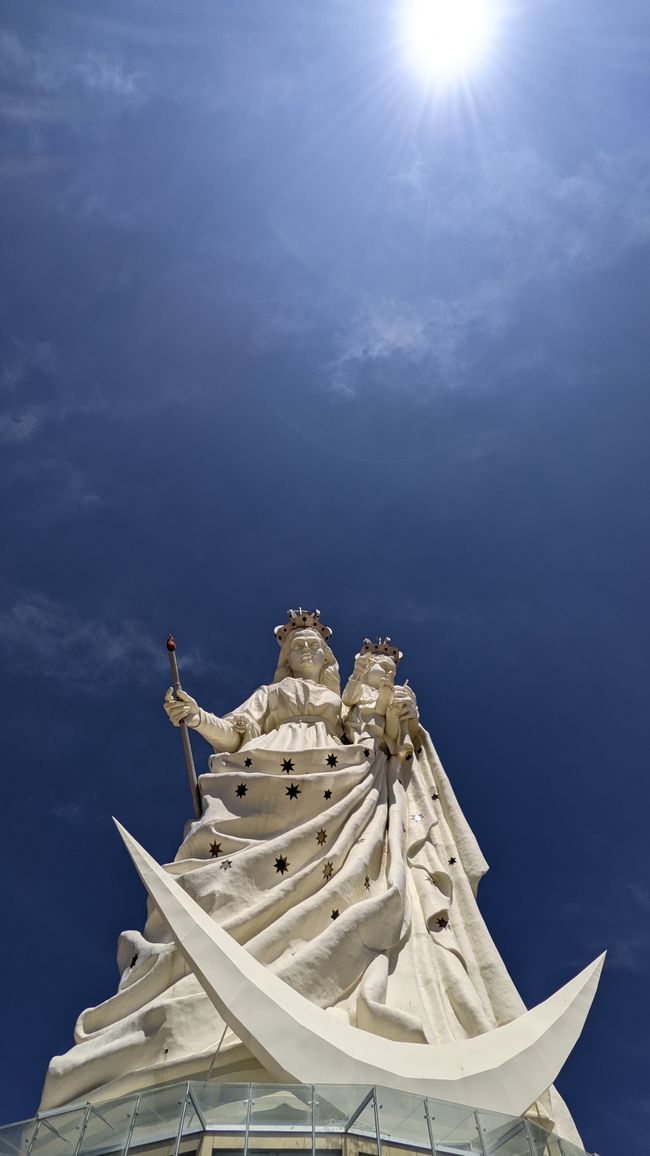
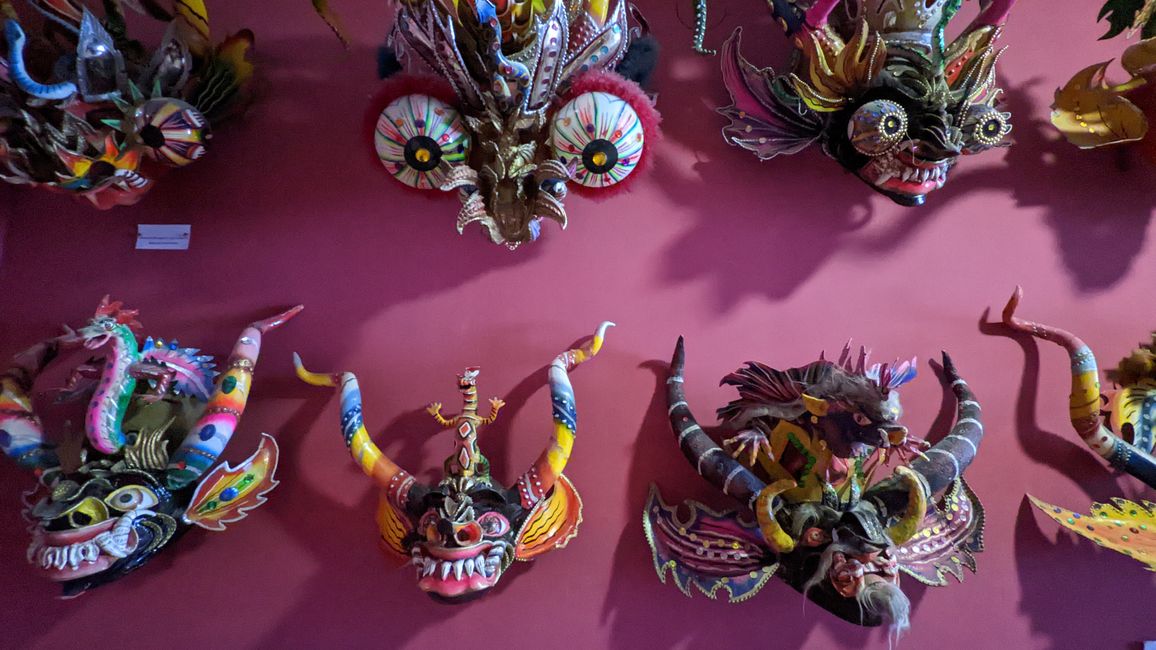
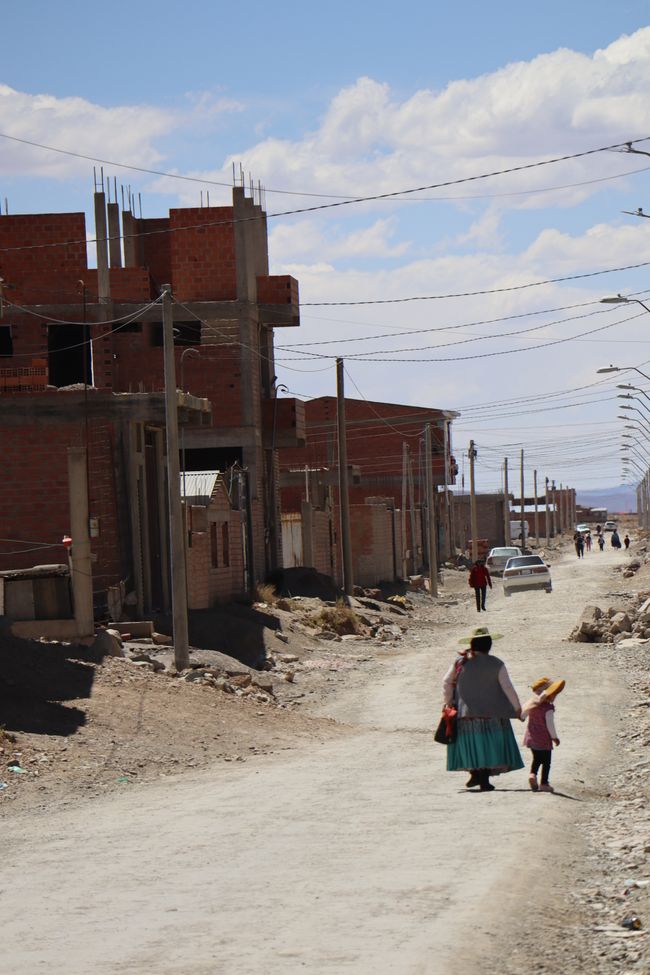
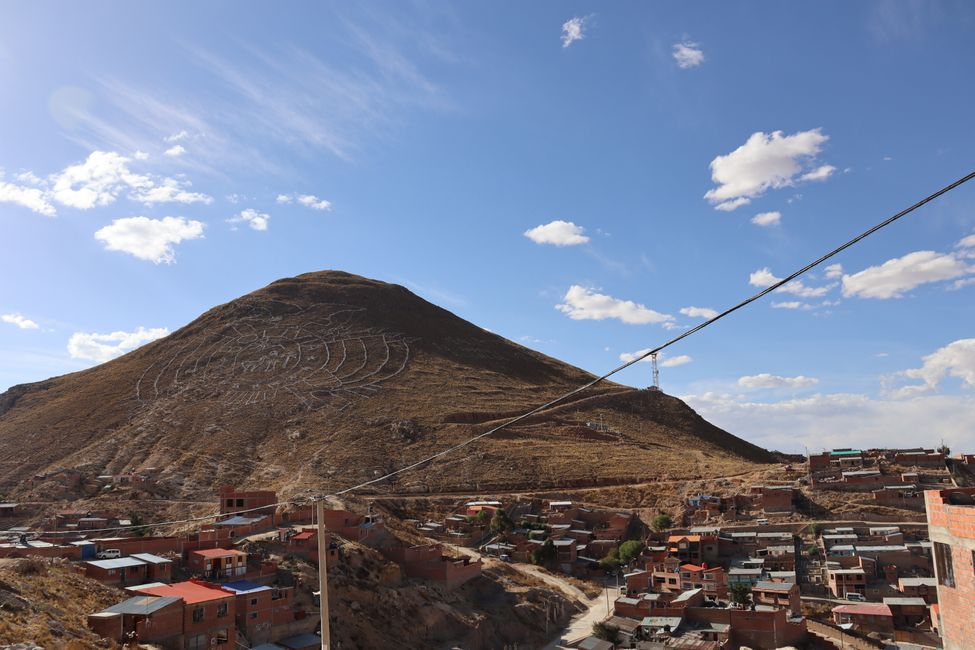
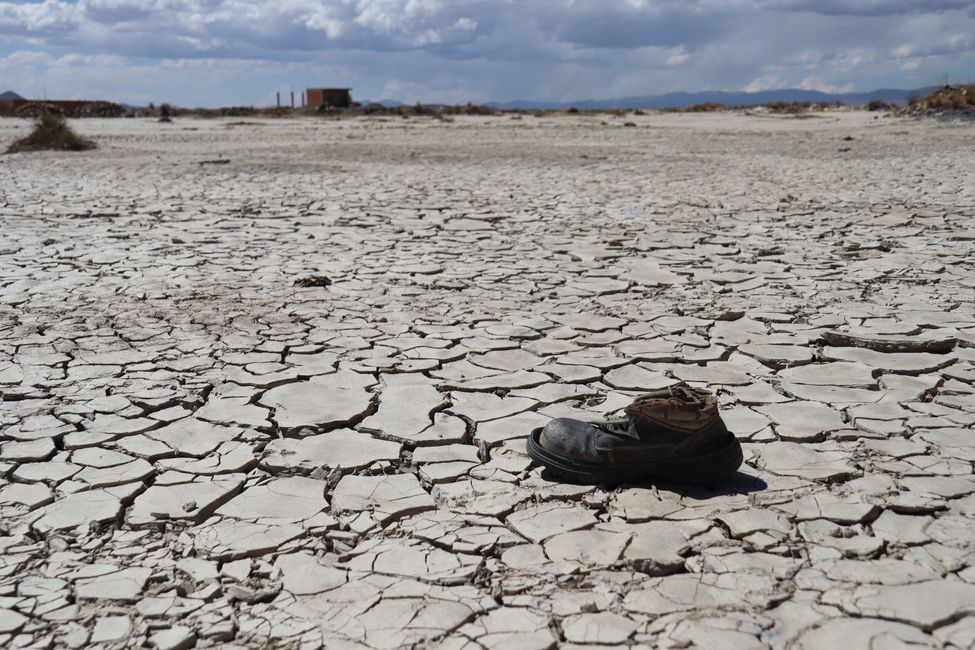
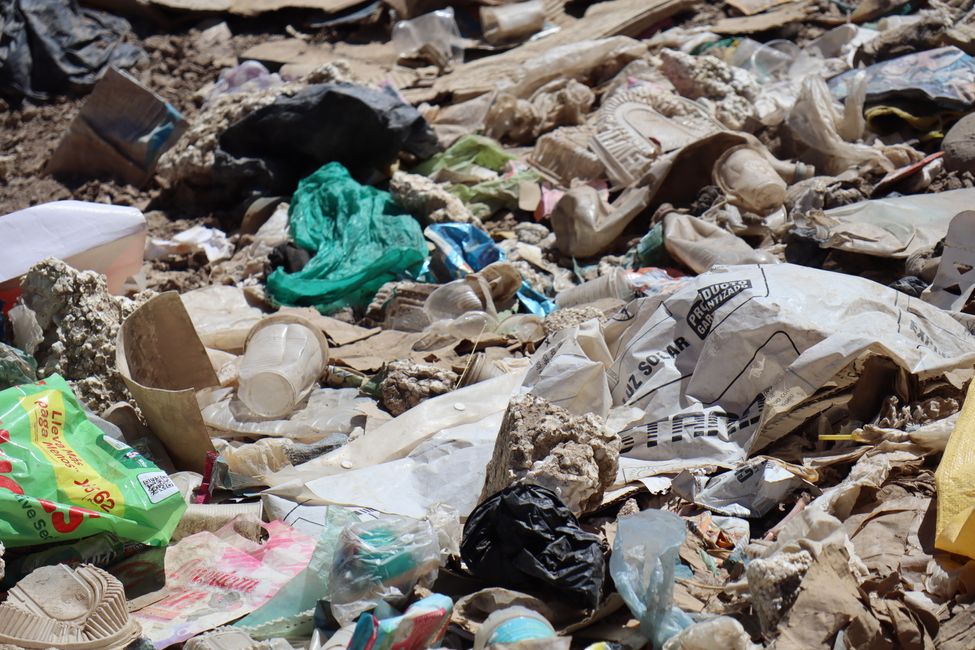
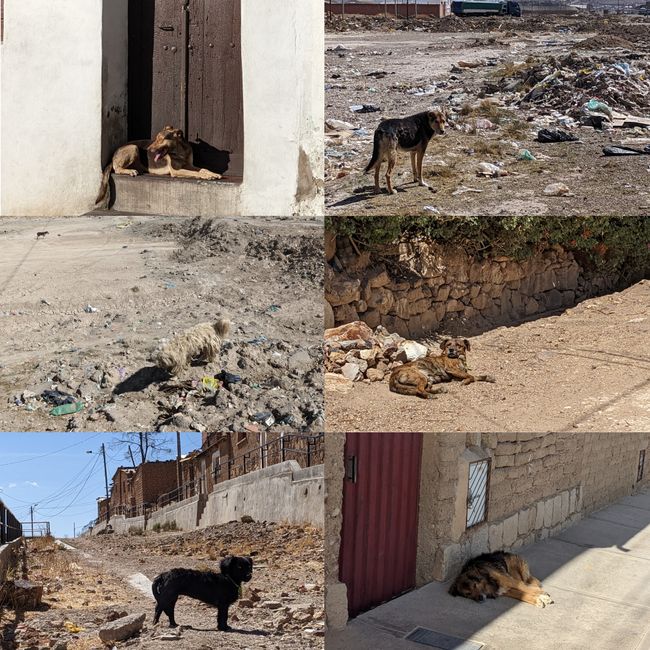
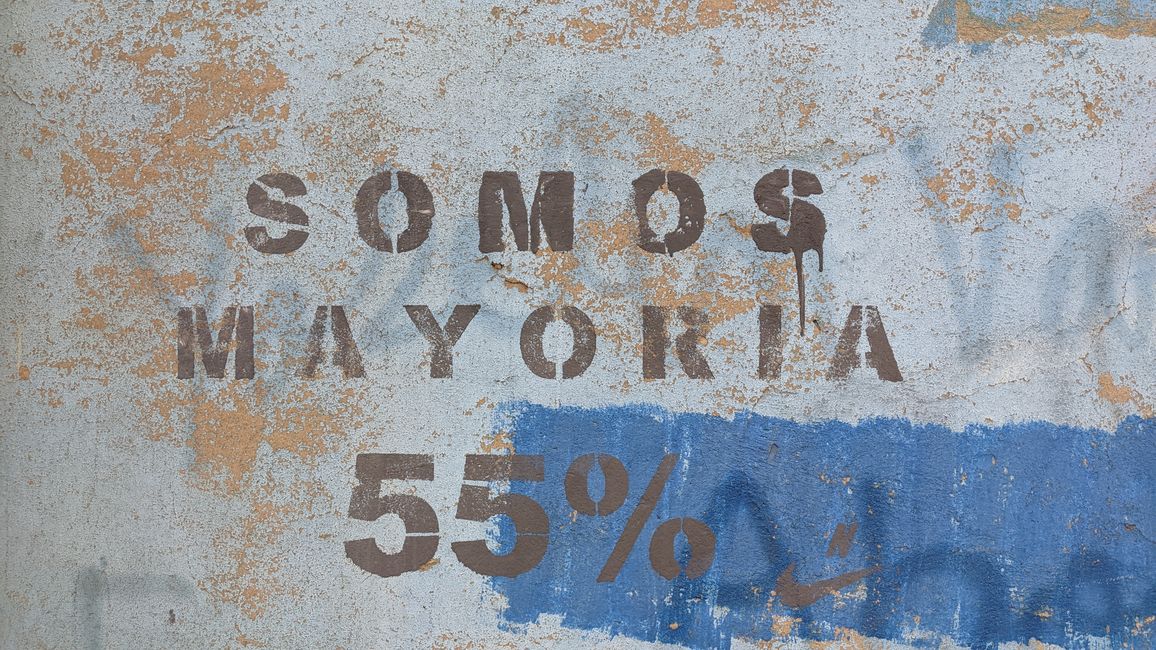
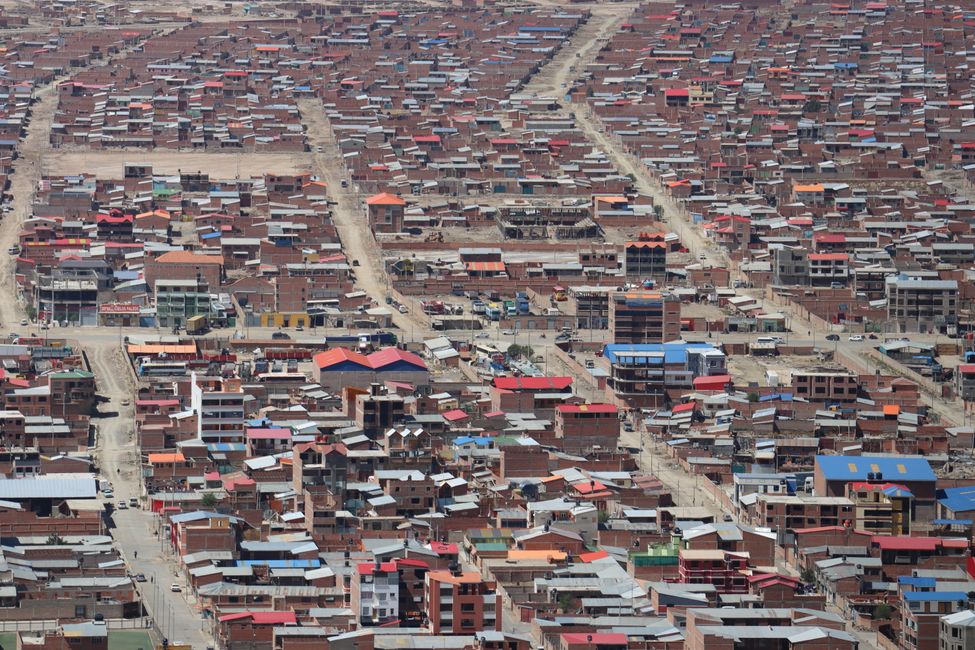
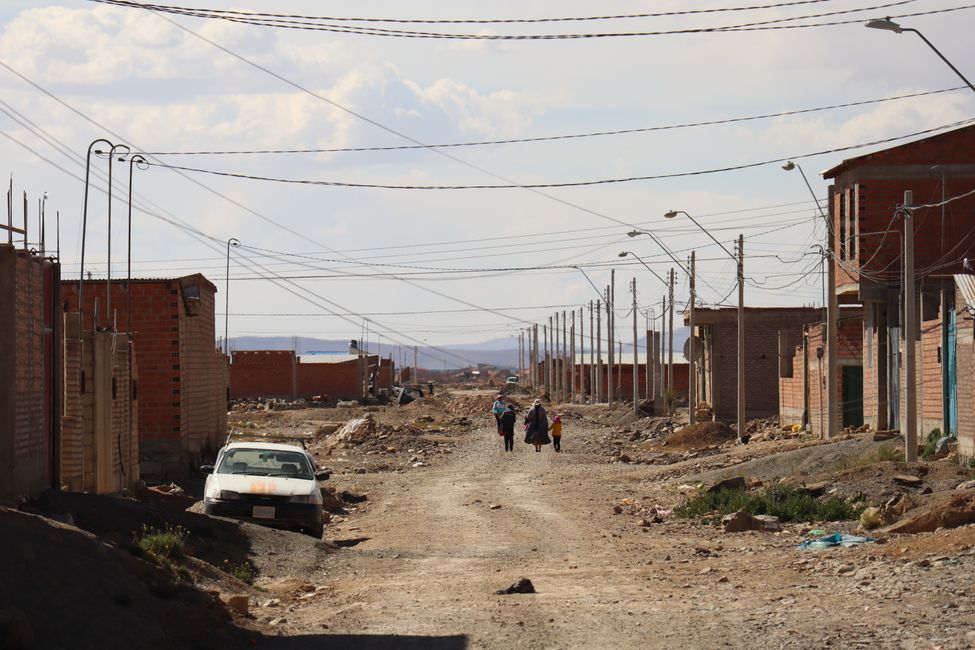
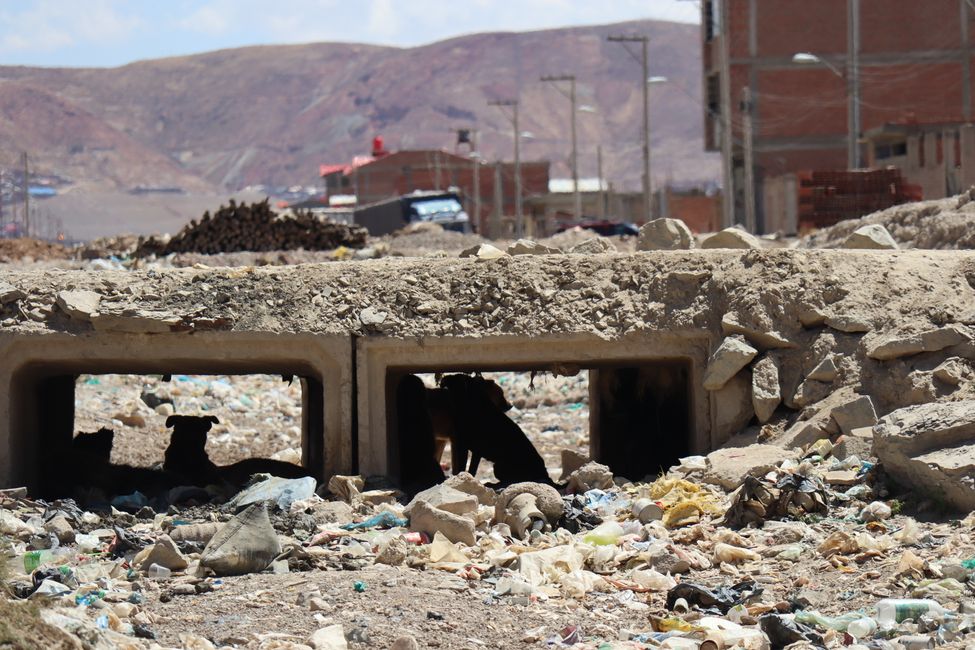
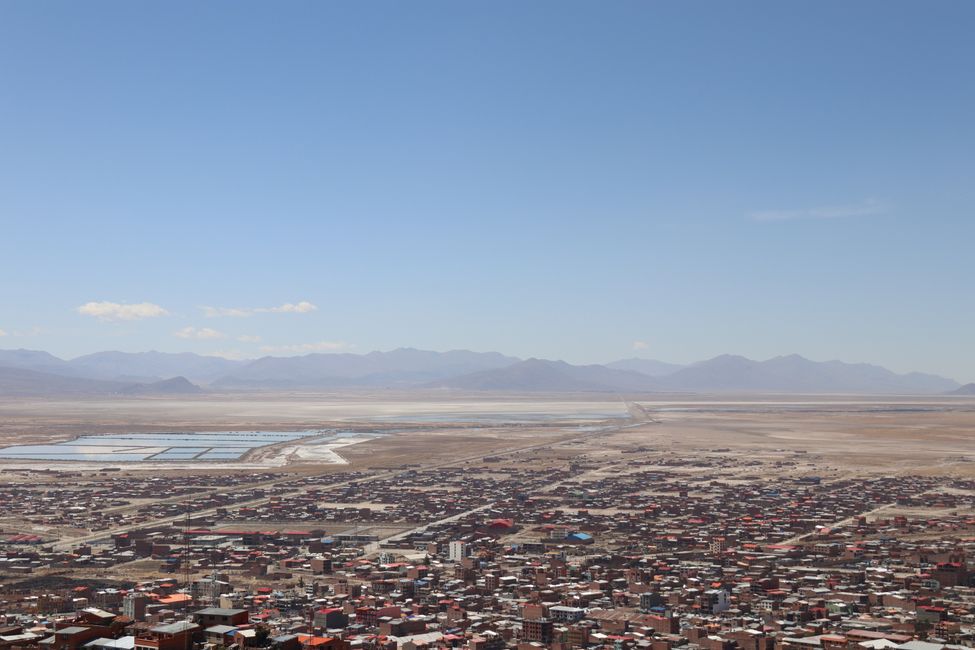
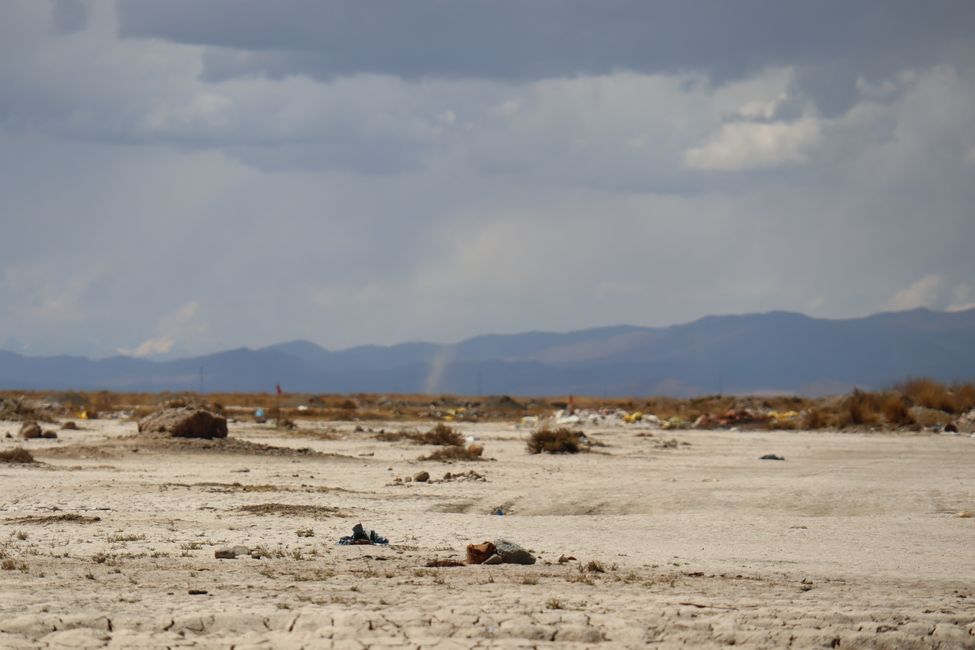
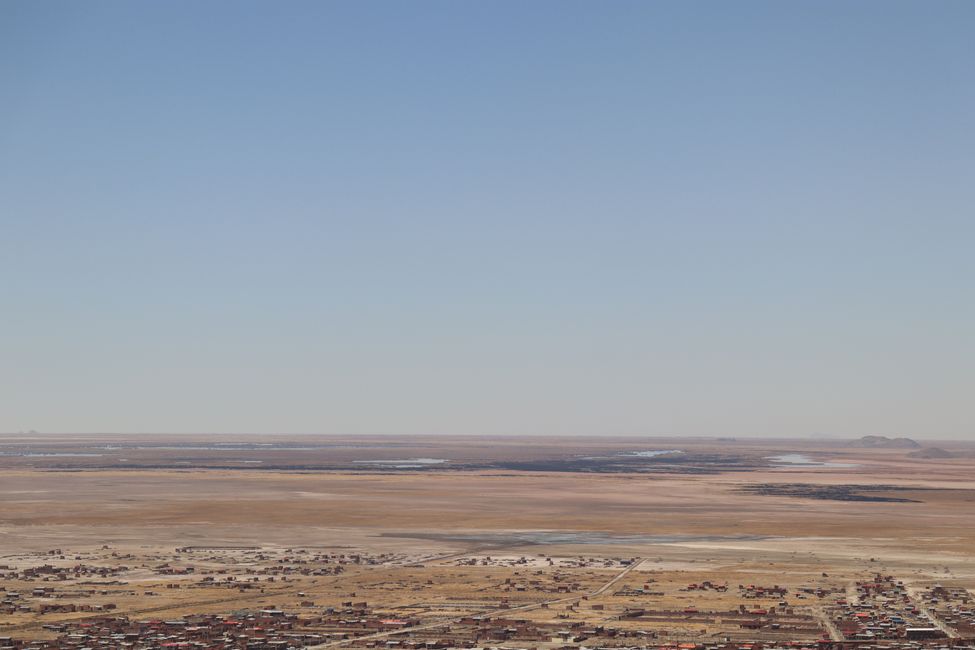
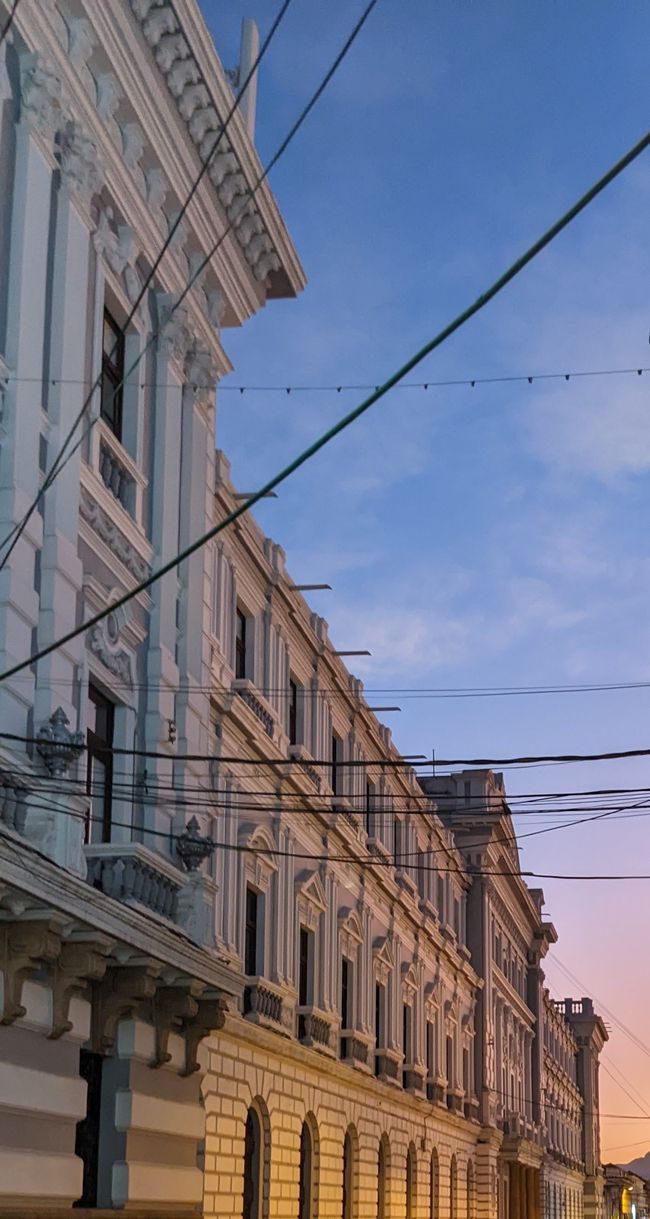
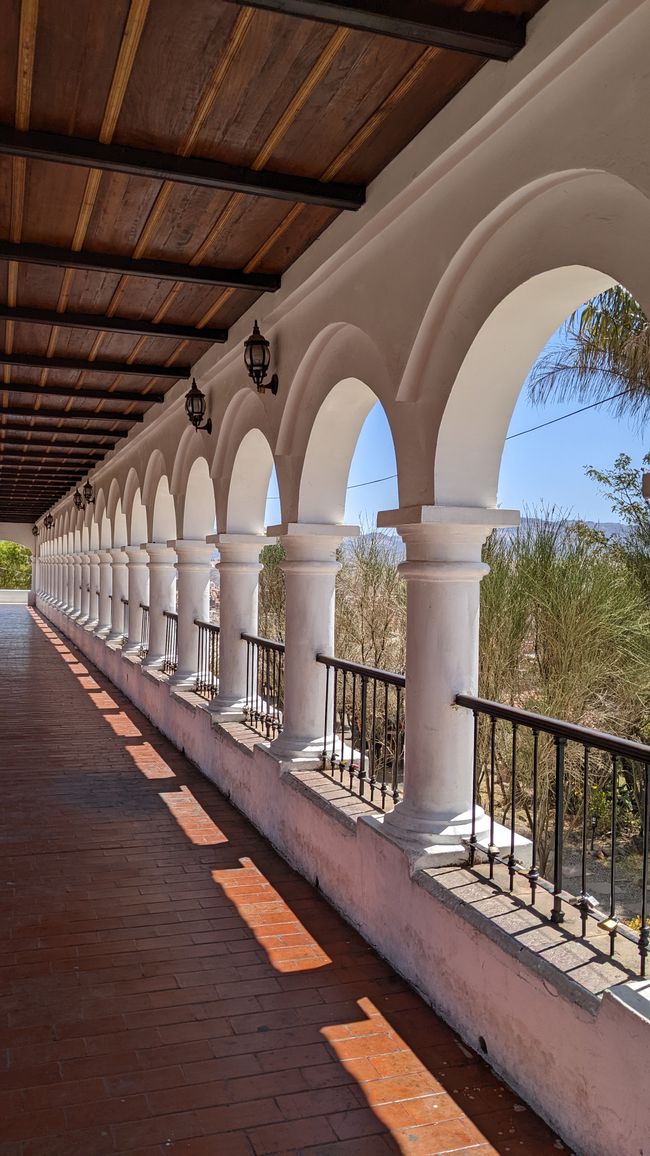
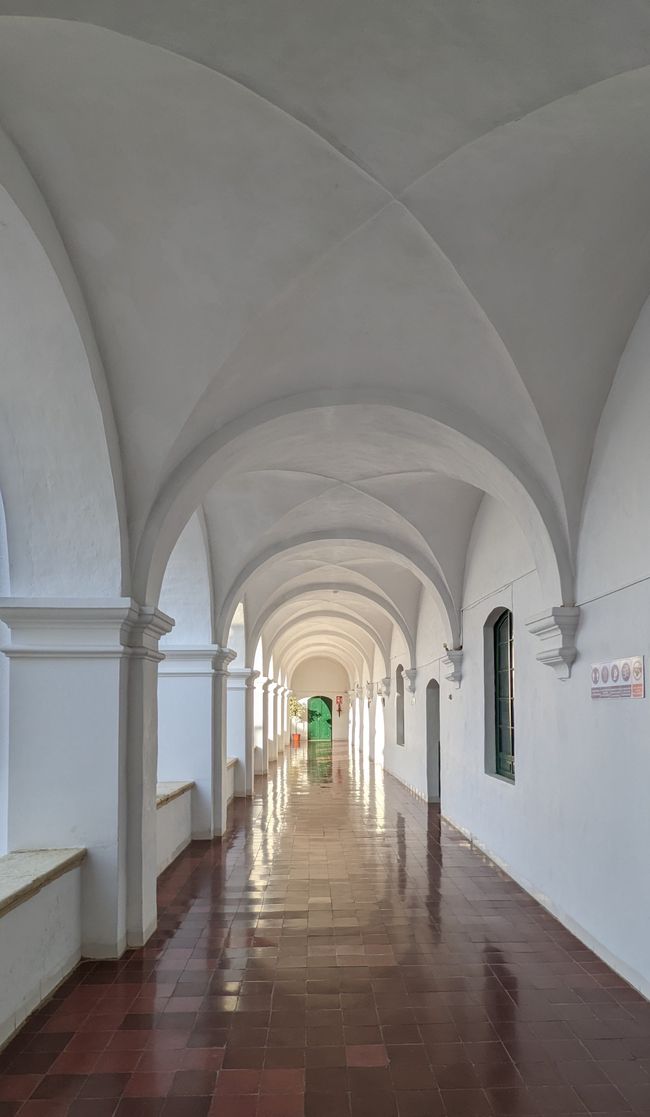
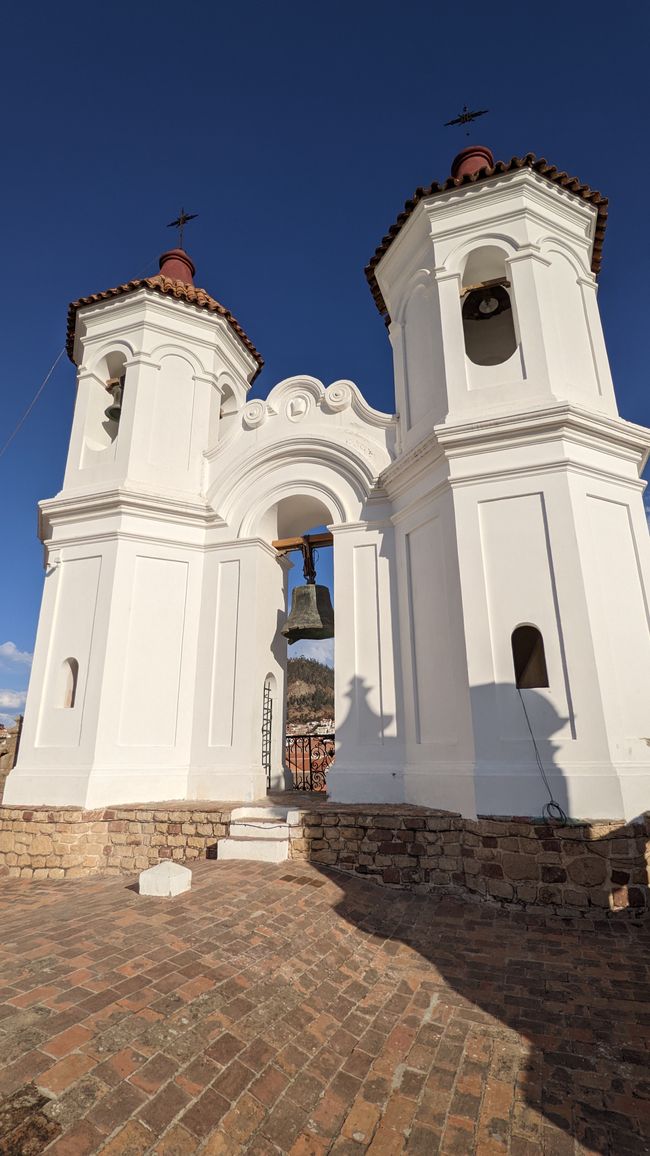
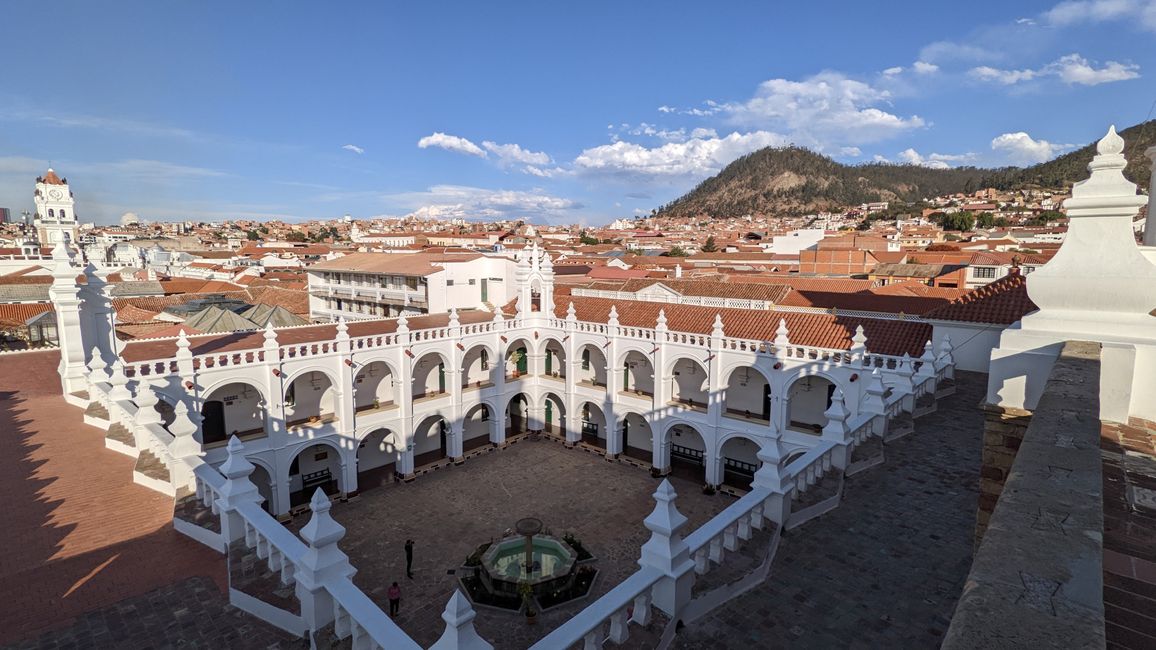
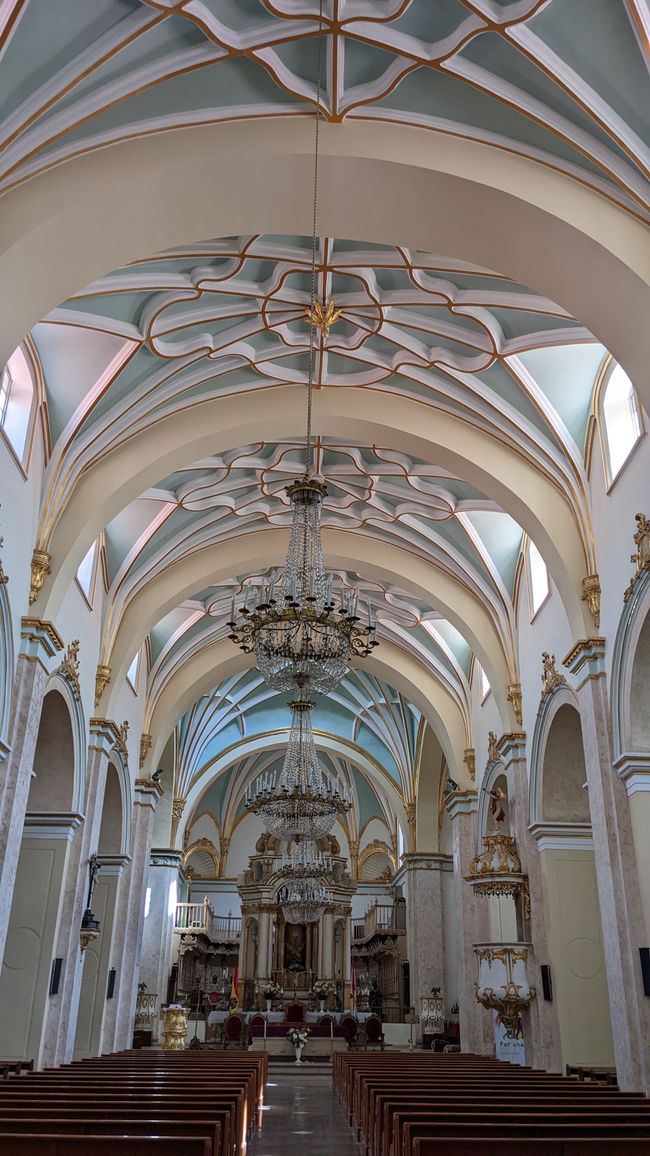
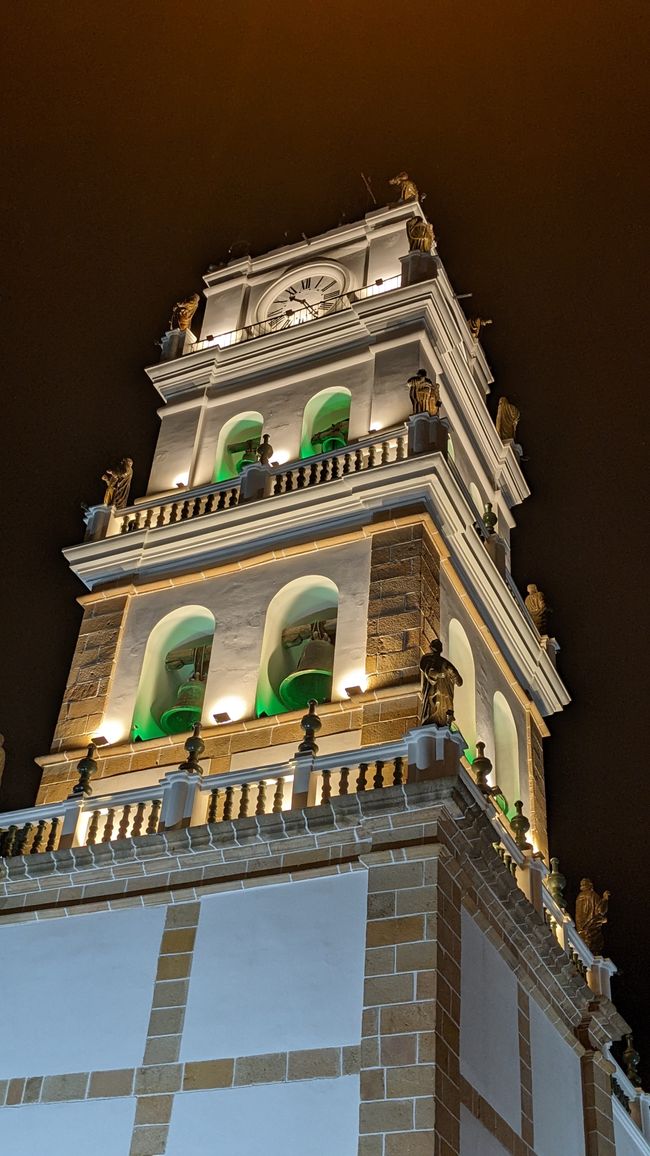
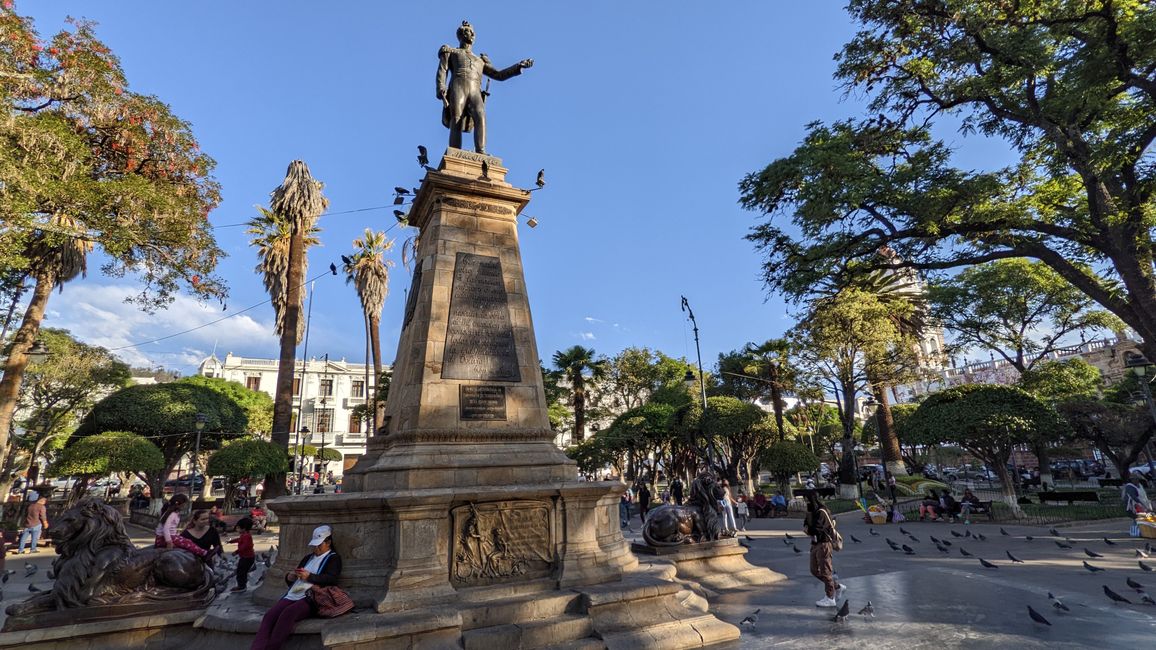
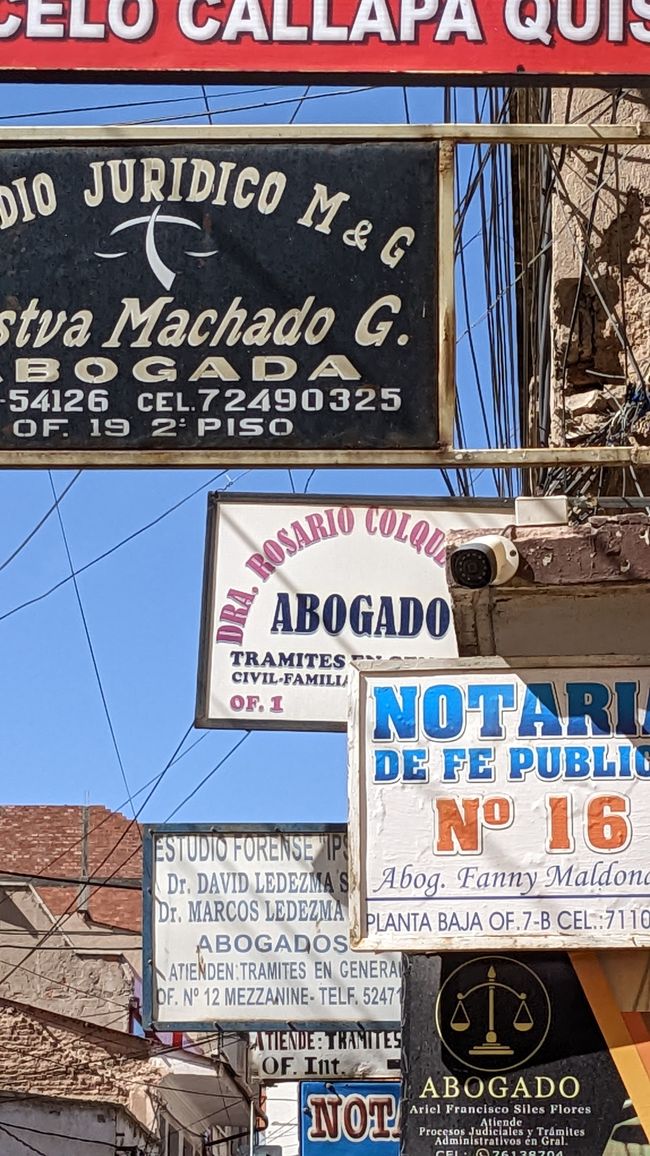
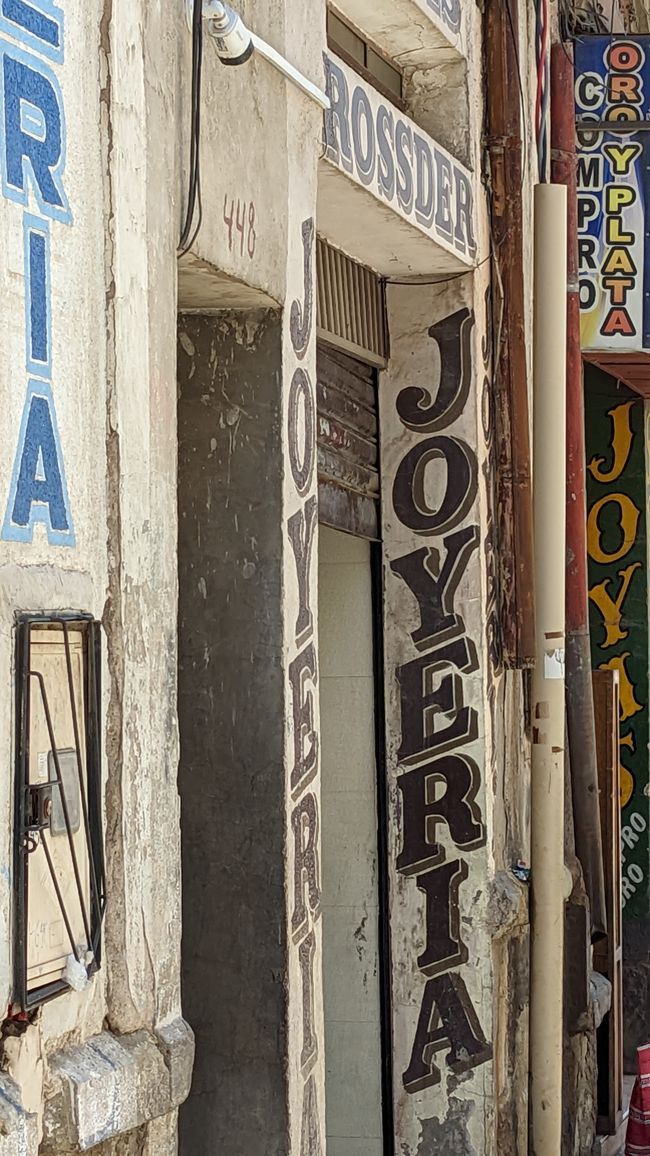
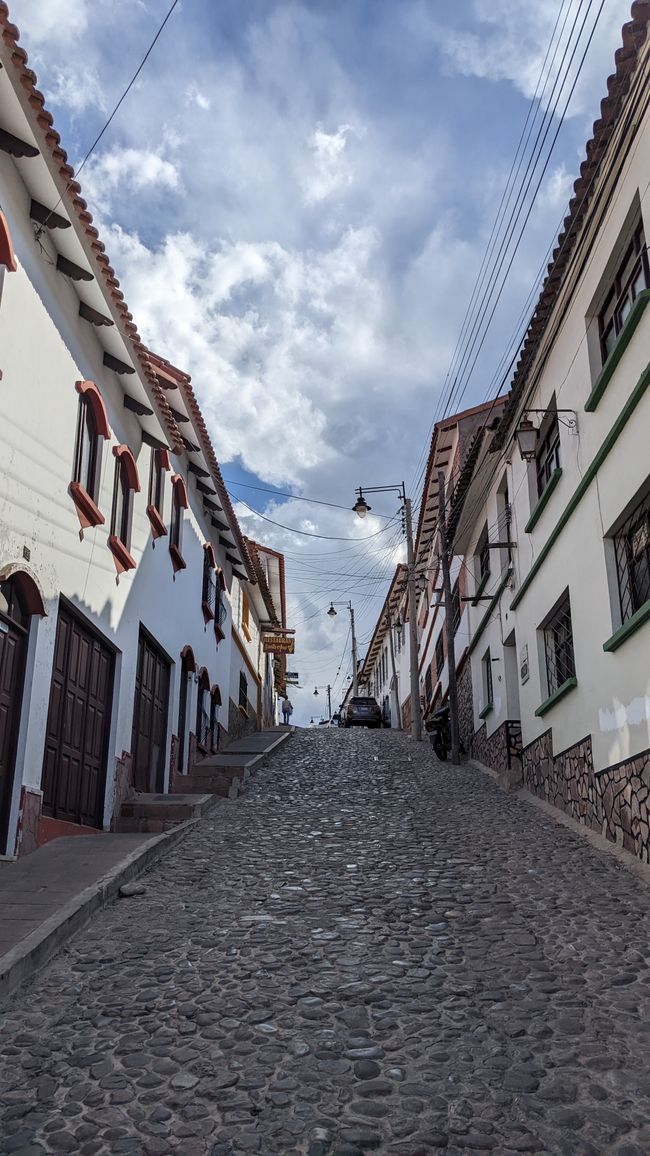
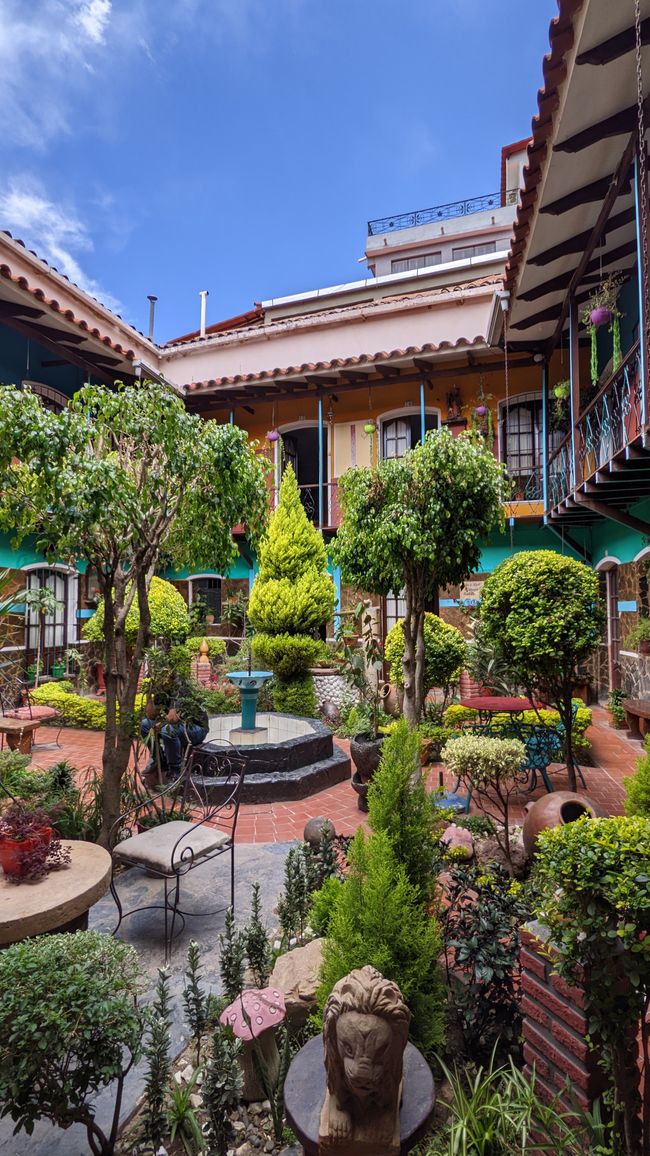
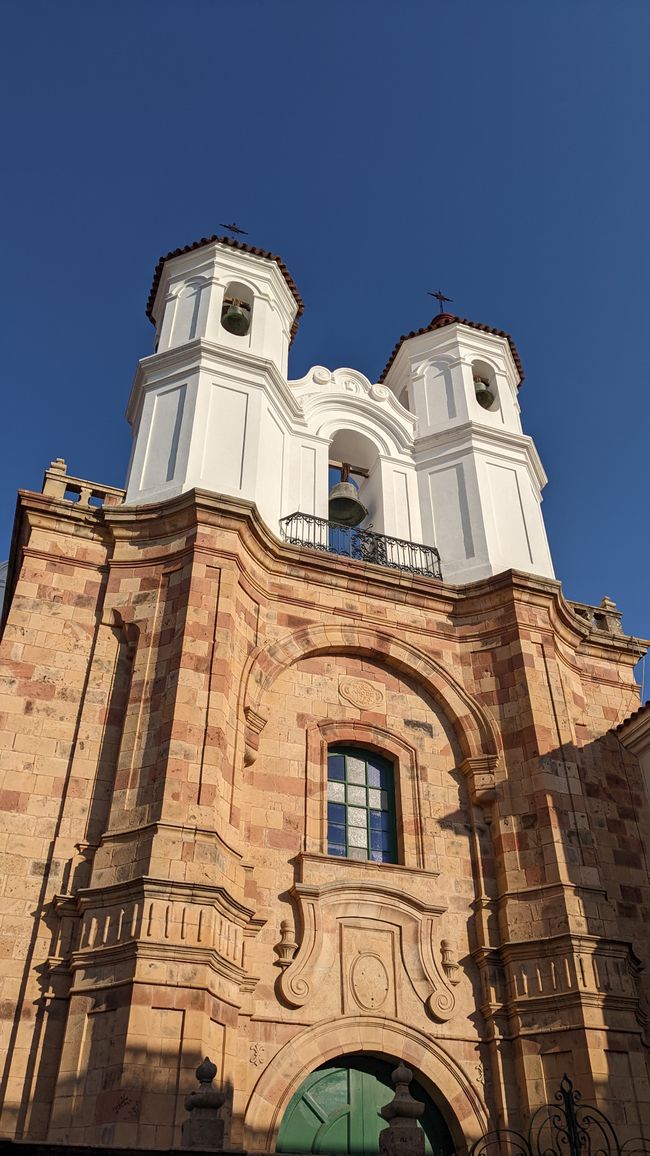
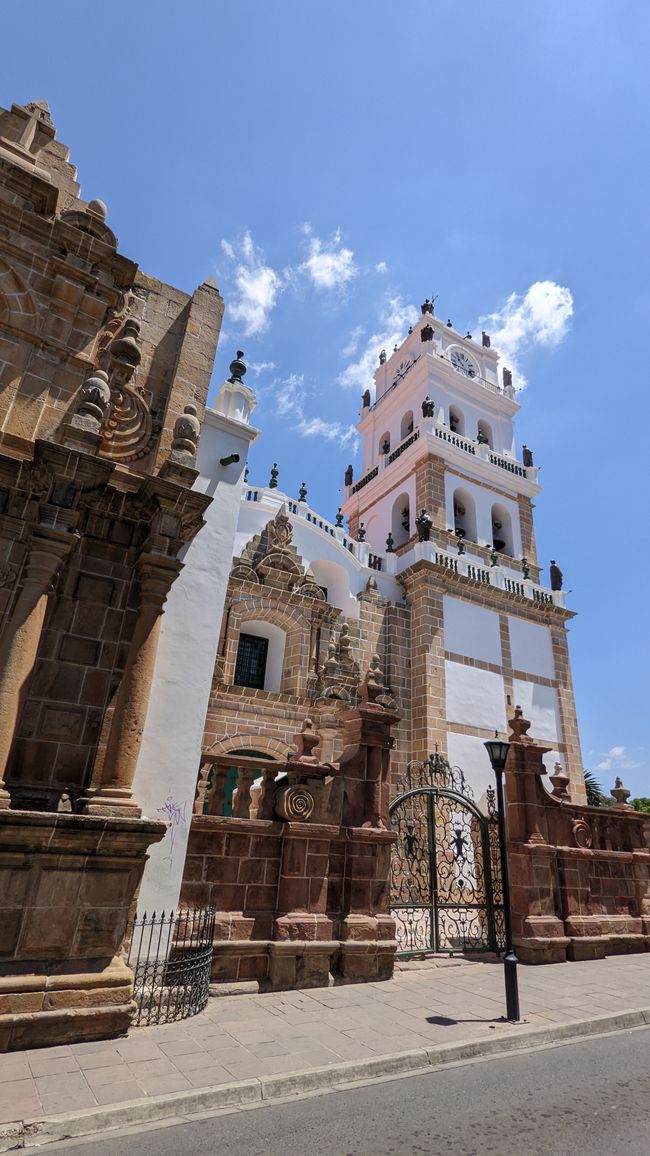
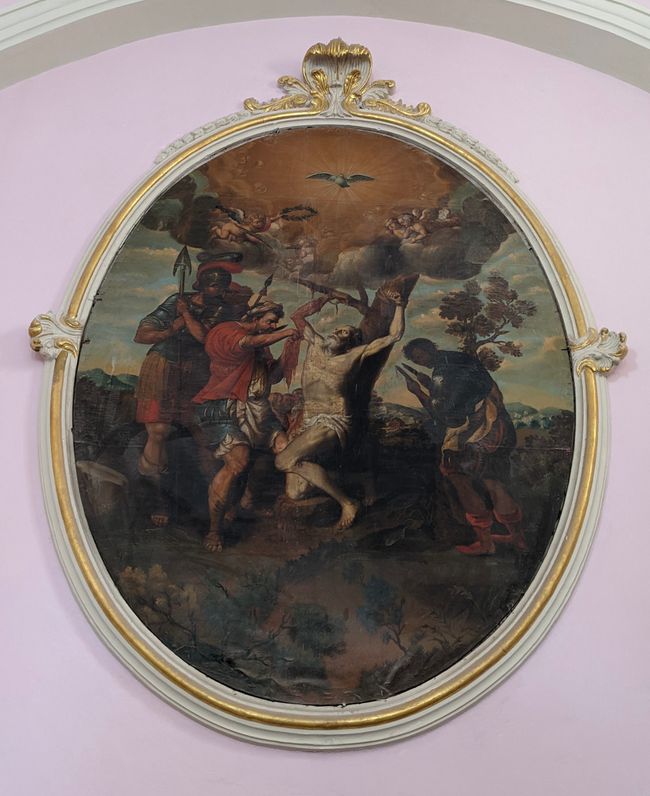
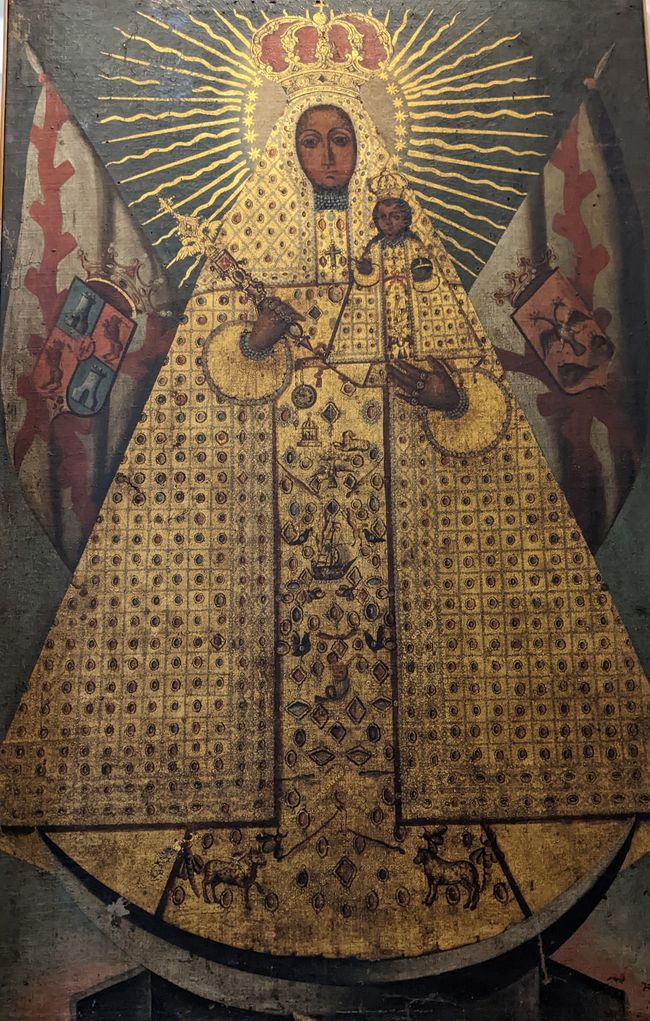
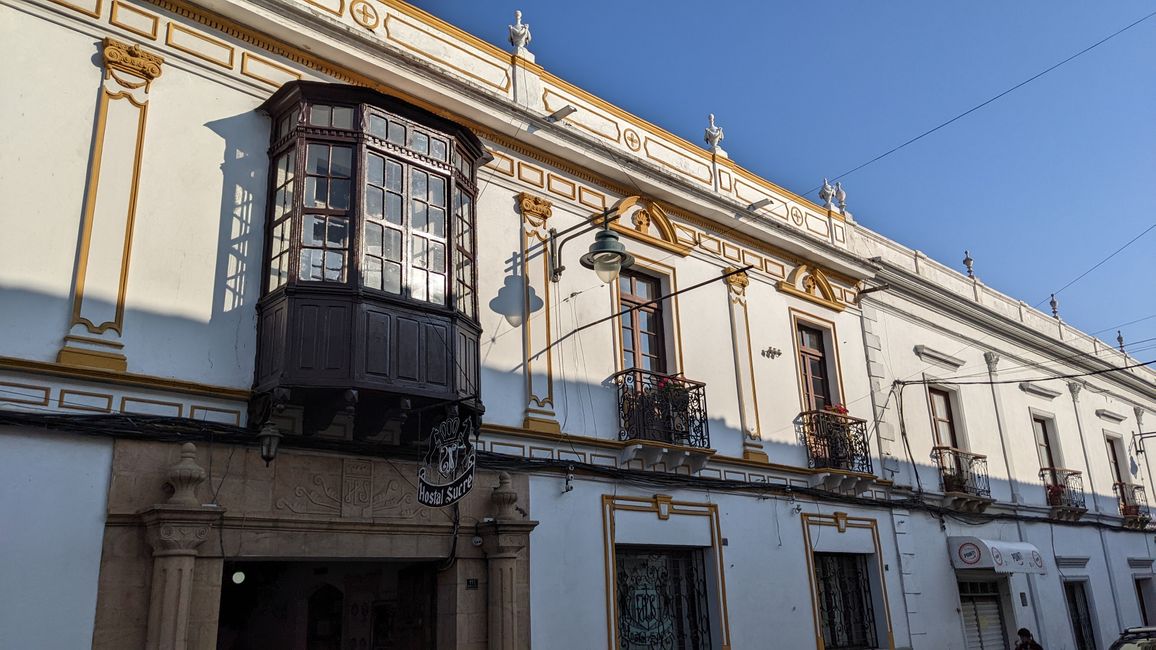
செய்திமடலுக்கு சந்தாதராகவும்
Cochabamba - an attempt to explain (21.10-23.10)
Well, Cochabamba...hmm...honestly, I'm not sure how to put it, but you're just not my type and all....Name-wise, maybe you could pass as a somewhat appealing Caribbean island (or a new Fanta flavor)...Well, I don't want to be too harsh, so I'll give it a try: With over 630,000 inhabitants, you're the fourth largest city in Bolivia. And hey, since 1992, you have an oversized statue of Jesus (which, by the way, is a few centimeters taller than the famous 33-meter high model in Rio de Janeiro), which can be conveniently reached by a Teleferico (yes, they're not only in La Paz!!). The Mercado, which is located in the southern part of the city, is also worth a visit, although it can be a bit overwhelming. But still, even though you have some nice bars/restaurants and you seem to have a modern and hip appearance, I probably won't remember you for very long*.
*The author's descriptions may differ from the actual circumstances...
Oruro (23-24.10)
After digesting Cochabamba (honestly, it wasn't that bad:)), the journey continued to Oruro, about 214 km away (which meant going back to over 3700 meters above sea level!!). For the first time, I didn't take a night bus, which turned out to be the right decision, because the journey there was simply breathtaking (especially the impressive mountain ranges and the seemingly endless expanses of the Altiplano). Oruro (265,000 inhabitants, 90% indigenous descent) used to be one of the most important centers of the mining industry (tin, silver, gold, etc.) in Bolivia until 1992. Today, only a few privatized mines are still in operation. Although much of the former glory was no longer evident, I genuinely enjoyed the charm of the desert city (or maybe more the surrounding area...?). Since I was only there for one night/day, I decided (once again) to take an extensive (= way too long) "day walk" in and around Oruro. Captivated by the images (yes, exactly, the ones with the endless expanses and all:)) that somehow wouldn't leave my mind, I set off to leave the city on foot. And indeed, the further I got from the center, the more the beautiful (barren) landscape of the Altiplano plain revealed itself to me. Honestly, I don't know why, but somehow this deserted area seems to have an effect on me (...I'll probably have a heart attack later in Salar de Uyuni;). Oh, and maybe something for all the untameable party animals out there: The main attraction of Oruro is probably the annual carnival, which allegedly attracts hordes of people from all over Bolivia.
Sucre (25.10-28.10)
Even at the risk of repeating myself, I have to complain once again about the local bus system (or rather my own inability to deal with it). Sure, there have probably been some OK experiences with bus rides (in terms of comfort/facilities...). However, I feel like there's just not a good match between Bolivian public transportation and me:). Here's a little anecdote to illustrate this: As a person with a notoriously short fuse (maybe that's the problem...), I unfortunately didn't inquire properly at the bus station and therefore booked a Semi-Cama bus (= semi-cool or semi-sleep) for the approximately 8-hour night bus journey from Oruro to Sucre. Well, at least it has been, so far, the probably cheapest (and most terrible) ride in Bolivia, for 60 Bolivianos (about 9 bucks!!). To better understand my aversion to Bolivian buses or their infrastructure, I should probably provide some important background information. Bus terminals (especially at night) and the whole chaos surrounding them can be incredibly exhausting and uncomfortable here. Just imagine: You're packed, frustrated, and slightly vulnerable, in the middle of a huge crowd of people, surrounded by deafening market vendors (from the bus agencies), and trying to get an overview of all the connection possibilities!! (...the most boring bus station in the world in "Rurre" was probably an exception in this regard...)
Sooo, fresh and lively (after about 1-2 hours of light sleep) and totally relaxed (bus comfort 0/10), I somehow arrived in Sucre. Sucre (constitutional capital, the government resides in La Paz) is the sixth largest city in the country with 361,000 inhabitants. Friends of ornate, colonial architecture will surely get their money's worth in Sucre. The mostly white-painted colonial buildings (monasteries, churches, etc.) in the city center were indeed very beautiful to look at (see photos:)). In 1991, UNESCO also recognized this and declared Sucre, or parts of it, a World Heritage Site. I stayed there for a total of 4 days/3 nights, visited several museums, churches, and monasteries, and actually became somewhat wiser when it comes to the fascinating, but sometimes tragic, history of Bolivia. For interested people who want to learn more about the culture and history of Bolivia, I highly recommend very reliable sources such as Wikipedia and Google:). By the way, I'm currently in Potosi (more on that later) and will continue south (Tupiza) and finally travel to the legendary salt flats in Uyuni on Monday, October 31.
செய்திமடலுக்கு சந்தாதராகவும்
பதில்

பயண அறிக்கைகள் பொலிவியா
